As technology continues transforming how we interact with the world, 360 virtual tours have become increasingly popular for businesses to showcase their products, services and locations. A virtual tour allows customers to take a virtual walkthrough of a location, giving them a sense of what it would be like to be there physically. However, the benefits of 360 virtual tours extend beyond just showcasing a location/business and can also drive sales. The psychology behind virtual tours (and Google Maps Tours) are powerful tools for companies looking to increase engagement and boost sales. In this article, we’ll explore how 360 virtual tours can drive sales, highlighting some examples from Simply 360’s website and exploring their benefits.
The Psychology Behind Using 360 Virtual Tours To Drive Sales
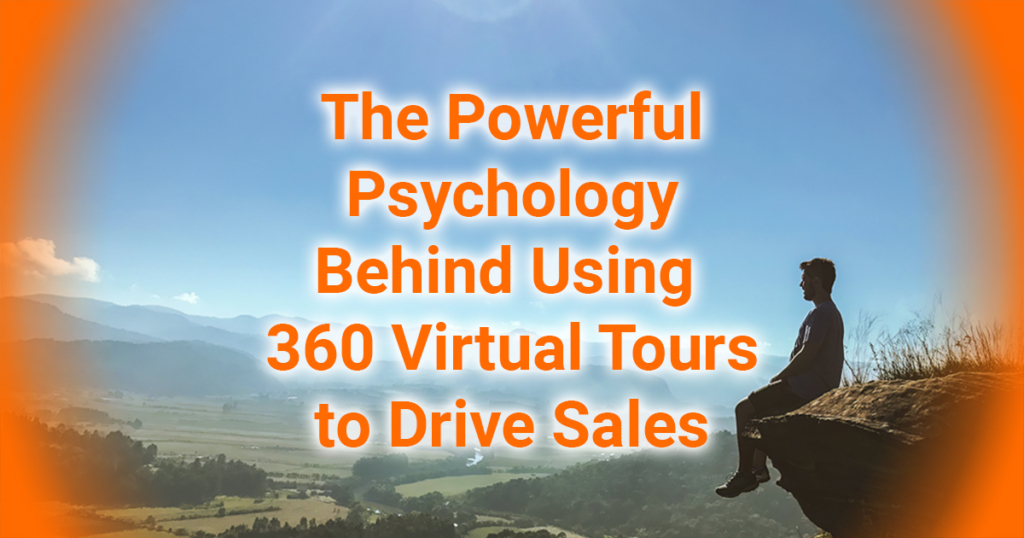
Providing A Sense of Presence
Virtual tours offer a unique opportunity to engage customers and enhance their emotional connection with a product, location or service. This can positively influence their purchasing decision and ultimately drive sales for businesses. Virtual tours can also increase brand trust and credibility by providing an immersive experience that simulates a physical visit. In addition, virtual tours can be a powerful tool in the psychology of consumer behaviour, as they give a sense of control and interactivity that can boost customer satisfaction and loyalty.
Immersive Experience
By using 360 virtual tours, businesses can offer an immersive experience that can increase customers’ understanding and appreciation of a location. By virtually moving through space and examining it from different angles, customers can better understand its features, layout, and size. This can be especially important in industries where physical space is a crucial factor in the buying decision. In addition, if the virtual tour has VR integration, then the end user can literally put on a headset and feel and explore like they are actually on location.
More Accurate Representation
Additionally, 360 virtual tours can give customers a more accurate representation of a product, location or service than static images or videos. By allowing customers to move around and interact with the space, they can see details that may be overlooked in static images or videos. This can help businesses avoid misrepresentation and disappointment, leading to higher customer satisfaction.
Convenience
Providing a virtual tour also offers customers the convenience of exploring a location at their own pace without travelling to the location physically. This can be particularly important for customers located far from the business or with limited mobility. In addition, by offering a virtual tour, companies can reach a wider audience and provide a more inclusive experience.
Case Study Example: TAFE NSW has over 130 locations across the state of New South Wales; their 360 virtual tour shows the true scale of what they have to offer. By not only showcasing their locations but also their state-of-the-art facilities, it drives a sense of state-wide presence and scale in their offerings.
Double-click on the virtual tour for TAFE NSW to make it go fullscreen, or click here
Enhancing The Emotional Connection
Virtual tours can enhance customers’ emotional connection with a product, business or service, which can increase the likelihood of a sale. By providing an interactive experience, companies can tap into customer psychology and create a stronger emotional investment in the brand, leading to a stronger desire to purchase.
Emotional Investment
With a 360 virtual tour, customers can explore a business/location/organisation as if they were there, creating a deeper emotional connection. This emotional investment can lead to a stronger desire to purchase and a strong brand connection as customers feel more connected to the company.
Increased Desire
By providing an immersive and interactive experience, 360 virtual tours can also increase customers’ desire towards a business/brand. In addition, by seeing the space in its entirety and envisioning themselves in it, customers can become more motivated to make a purchase.
Confidence
A thorough examination of a product, location or service can boost customers’ confidence in their purchase decisions, leading to higher satisfaction and fewer returns. Virtual tours provide this comprehensive view, allowing customers to feel more informed and assured when making decisions. This understanding of a product or property can positively impact the psychology of the customers and help drive sales.
Emotional Resonance
Virtual tours can also evoke emotions and create a sense of resonance with the customer. By presenting the product or location visually appealing and engaging way, 360 virtual tours can stir up emotions such as excitement, joy, or comfort. This emotional resonance can further increase the customer’s desire to purchase and create a positive association with the brand.
Memorable Experience
360 virtual tours can create a memorable experience for customers that they will associate with the product, location or service. By providing an immersive and interactive experience, customers are more likely to remember the product or property and the positive emotions they experienced during the virtual tour. This can lead to increased brand recognition and customer loyalty.
Case Study Example: Hawkesbury Council has a rich history and amazing history. In their local council is Australia’s first Observatory. By capturing and preserving this historic location, people can see this landmark location first-hand and connect with this history and the importance of what Tebbutt’s Observatory means to their descendants and the local area, both historically and emotionally.
Double-click on the virtual tour for Hawkesbury Council to make it go fullscreen, or click here
Boosting Confidence in the Purchase Decision
By using virtual tours, businesses can tap into the psychology of their customers to drive sales. Virtual tours can provide customers with a more immersive and engaging experience, increasing emotional investment in the organisation. Additionally, virtual tours can help customers feel more informed and confident in their purchase decisions, resulting in increased sales and decreased returns.
Thorough Examination
With a 360 virtual tour, customers can thoroughly examine the location and services from every angle, increasing their confidence in their purchase decision. By seeing every detail and aspect of the business/location, customers can feel more informed and better able to make a decision.
Transparency
In addition to their other benefits, 360 virtual tours can increase transparency in the purchase process. This added transparency could help boost customers’ confidence in their decision by clearly and accurately representing the location/brand. By feeling more assured that they are getting what they expect, customers may develop increased trust in the brand and be less likely to return items.
Accessible Information
Virtual tours can also provide customers with accessible and comprehensive information about a business. By including relevant details and features in the virtual tour, customers can make an informed decision without relying on additional information sources. This can increase customers’ confidence in their purchase decision and reduce the likelihood of uncertainty or confusion.
Better Understanding
360 virtual tours can also help customers better understand the layout and flow of a space, which can increase their confidence in their decision. By visualising themselves in the space and seeing how different areas connect, customers can feel more assured that the business/organisation EG a school will meet their needs and expectations.
Reassurance
Finally, 360 virtual tours can reassure customers that they are making intelligent purchases. By seeing the location in its entirety, customers can feel more confident that they are making a well-informed decision. This can increase customer satisfaction and a positive association with the brand.
Increasing Engagement and Interest
Virtual tours can increase customer engagement and interest in a business/brand, which can tap into the psychology of consumers and drive sales. By providing an immersive and interactive experience, virtual tours can create a stronger emotional connection between the customer and the business/organisation, leading to increased brand awareness, word-of-mouth marketing, and, ultimately, more sales.
Unique Experience
By providing an immersive and interactive experience, virtual tours can offer customers a unique and memorable experience that can differentiate a brand from its competitors. In addition, this type of experience is also more likely to engage customers and leave a lasting impression, increasing brand awareness and promoting positive word-of-mouth marketing.
Longer Engagement
360 virtual tours can also increase customer engagement with a product, location or service. By providing an engaging and interactive experience, customers are more likely to spend time exploring the virtual tour and engaging with the brand. This can lead to increased interest and an increased likelihood of purchasing.
Increased Reach
Offering a virtual tour can increase a brand’s reach by making it more accessible to a broader audience, regardless of their physical location. This means that customers who cannot visit the location/business in person can still experience it in a meaningful and informative way. As a result, the brand can generate interest and increase its awareness among a wider audience.
Virtual tours are highly shareable, increasing the reach and impact of a brand’s marketing efforts. By providing a unique and memorable experience, customers are more likely to share their experience with others, which can lead to increased brand awareness and word-of-mouth marketing.
Personalisation
Finally, 360 virtual tours can provide a personalised experience for customers. By allowing customers to interact with the virtual tour and explore at their own pace, customers can feel more connected to the brand. This can lead to increased interest and engagement and an increased likelihood of making a purchase.
Case Study Example: Wentworth Point Community Centre and Library (WPCCL) opened in December 2019 and had to close for an extended period of time due to covid. The marketing team took the time to create a high-end branded virtual tour with Simply 360 of all their state-of-the-art facilities with a focus on their function spaces. In addition, after people could come back, they added to the success of the virtual tour by expanding and updating it. This keeps WPCCL in the minds of the local community and what they offer as people can explore the location any time and see what’s to what they offer.
Double-click on the virtual tour for Wentworth Point Community Centre and Library to make it go fullscreen, or click here
Conclusion: The Powerful Psychology Behind Using 360 Virtual Tours to Drive Sales
The psychology behind using 360 virtual tours (and Google Street View Tours) to drive sales is becoming increasingly crucial for businesses. 360 virtual tours offer many benefits that can help drive sales, including providing a sense of presence and enhancing emotional connections with customers. By utilising 360 virtual tours, businesses can also boost confidence in purchasing decisions and increase engagement and interest among potential buyers. Moreover, 360 virtual tours can differentiate companies from their competitors, making them stand out and creating a memorable customer experience. In summary, the psychology behind utilising 360 virtual tours to drive sales can give businesses a competitive edge and improve their chances of selling.
Are you a business or organisation looking to create a high-end 360 virtual tour to help drive sales? Contact us at 02 9674 9090, schedule a consultation, or fill out the form on this page to start a conversation for your virtual tour. Happy to discuss how we can create a high-end virtual experience for your organisation and design it to your needs.
Did we leave anything out on the psychology behind virtual tours to drive sales? Do you use a virtual tour for your organisation? Leave a comment down below and let us know :)



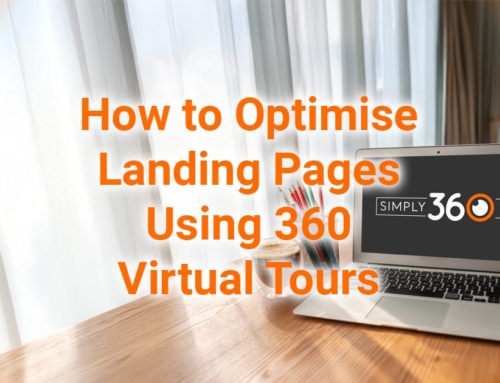
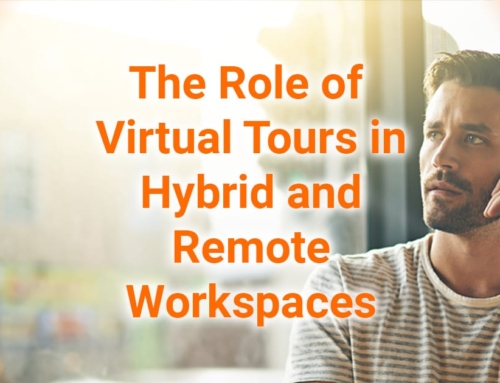
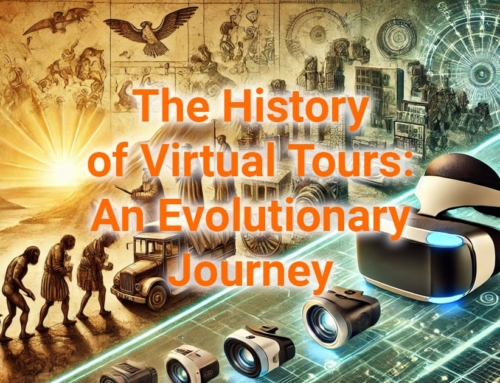
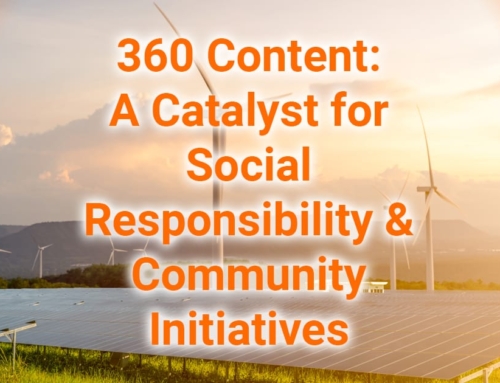
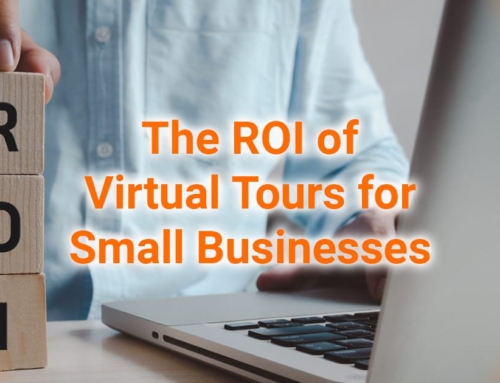
You have observed very interesting points! ps decent website .